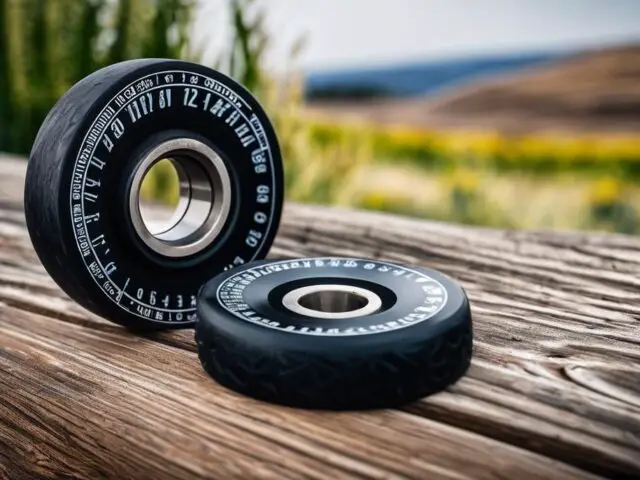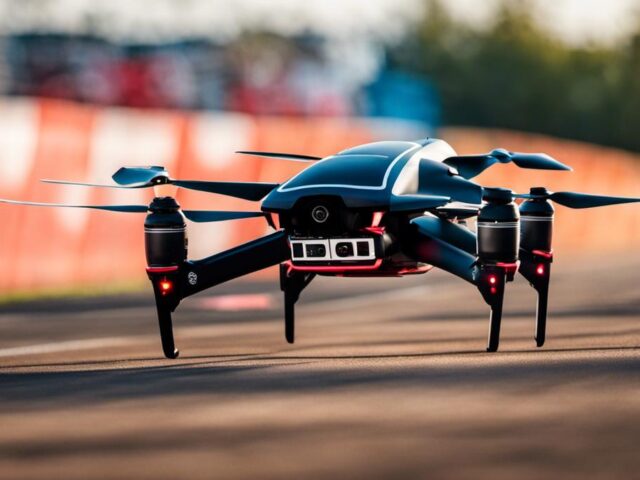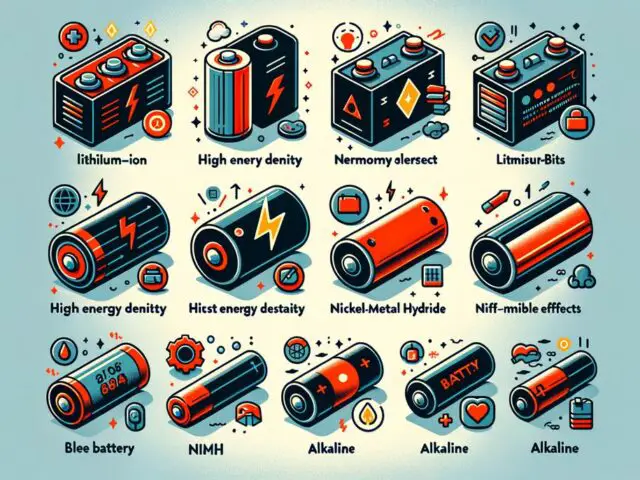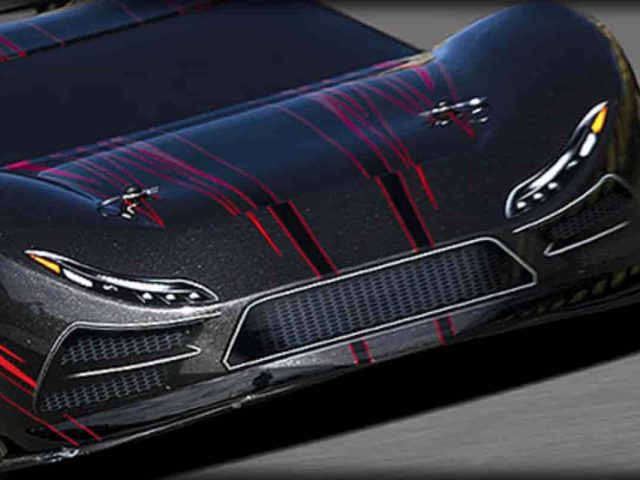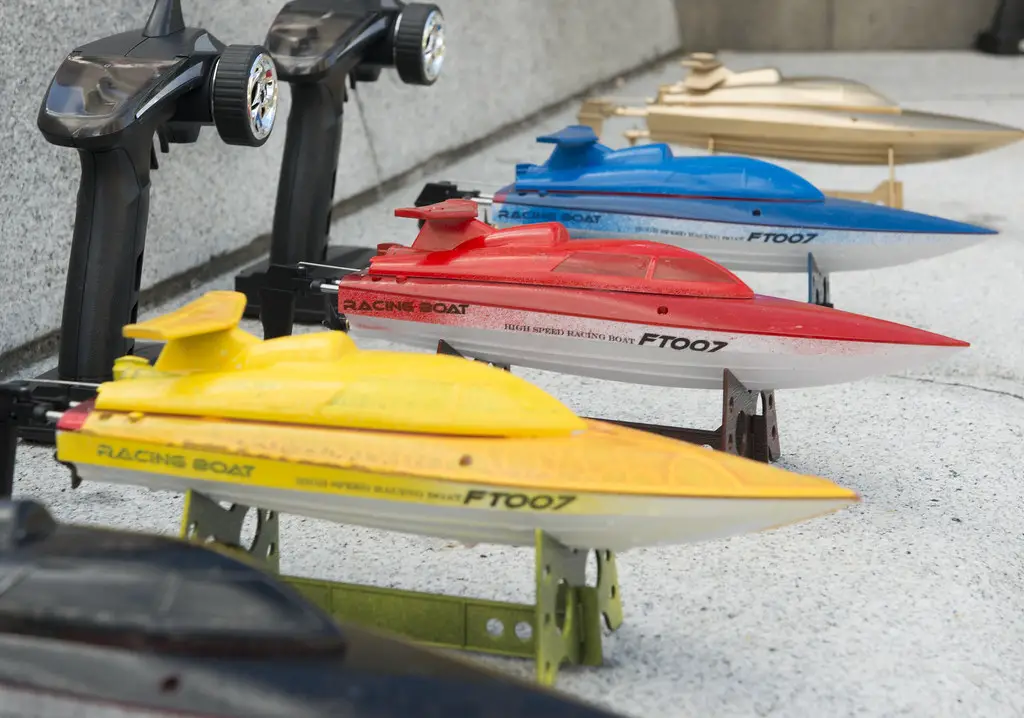If you’re an RC car enthusiast, the word servo is likely not new to you. However, newbies will not be as familiar with it, especially if they purchased a pre-built car. It is best to know about the car components, though, for upgrading models or building new ones, so what is an RC car servo?
All radio controlled cars are controlled by servo motors, these small motors are used to make the changes that allow you to steer and operate the throttle on a RC Car. They convert the radio signal sent from the RC controller into a specific motion on the RC vehicle to provide physical movements.
R/C servos are special little motors that guide the steering and the operation of the throttle embedded in your RC car by following instructions from the transmitter. This RC servo converts electrically transmitted commands from the receiver into the motor’s physical motion.
Not to mention, they do so to a tee ensuring precise motion control at all times. Do you want to know more about servos and how they control your car’s movement? If so, read on because this article will answer all your questions!
What Is The Purpose Of RC Servo?
RC servos’ purpose is to convert transmitted electrical commands from the receiver into the motor’s physical motion. You plug a servo into a designated gyro or receiver and then employ it to move specific parts of your model.
The movement produced by the servo is entirely proportional. That means it moves only as much as the receiver instructs it to or enough to match the signal width. These signals, called PWM signals, make mechanical movement possible.
How Does An RC Servo Work?
The degree to which a servo performs depends on the control signals that direct the motor where to go. The more appropriate name for these signals is pulsed signals.
Typically, you’ll find that a servo plug comes with three wires that each follow color codes. There are three types of cables in a servo:
- Power supply
- Ground
- Control signal
Here’s a table to better understand them.
| PIN Number | Signal Name | Color Scheme 1 | Color Scheme 2 | Color Scheme 3 |
| 1 | Ground | Black | Brown | Black |
| 2 | Power | Red | Red | Red or Brown |
| 3 | Control Signal | White | Orange | Yellow or White |
The power supply’s responsibility is to provide the voltage while the control signal communicates the motor’s messages. These messages direct the movement of the engine through pulsed signals called Pulse Width Modulation or PWM.
These PWM signals typically have a frequency of 50 Hz per 20ms. Essentially, this means there is an improvement to the servo every 20 milliseconds.
The servo motor includes a rotating shaft and a potentiometer. The latter helps in detecting the servo’s position. The control signal sends out a pulse which in turn applies a current to the motor.
The result being, the shaft moves until its position is in line with the pulse width according to the potentiometer. These pulse widths can vary quite a bit.
So, the servo will continue to hold the shaft’s angular position after rotation as long as the pulse signal exists. However, if there are any changes to the signal pulse, the angular position will change too.
For this reason, the servo gets preference against competing actuators. Basically, with a servo, you can set signals and then forget about them. As the operation continues, the servo will adjust itself per the feedback with no interference needed on your part.
Types Of Servos
Initially, RC servos were available only in analog form, as was the case with most electronic devices. However, over time, there have been developments in digital ones as well.
Before we get more in-depth, here’s a table to understand the fundamental differences between the two.
| Feature | Analog | Digital |
| Torque | Low to moderate; slow build-up to peak levels | Moderate to high; very quick to reach peak values |
| Power Consumption | Low to moderate | Moderate to high |
| Cost | Low to moderate | Moderate to high |
| Response | Slow | Rapid |
| Resolution | Low to moderate | Moderate to high |
| Battery Power | Low to moderate | Moderate to high |
Analog Servo
The receiver sends out a signal to the analog servo’s circuit board which becomes a power signal for the motor. The analog servo follows the standard servo frequency of 50 Hz per 20ms.
While this may not seem like an extended period, it is when concerning control systems. The voltage applied by the controller changes depending on the required movement.
For instance, if only a little motion is needed, the circuit will switch on the motor for a quick second within the 20ms window. On the other hand, if it requires more movement, the controller applies full voltage.
If the servo arms need to rotate significantly, it will require a longer duration. The running time of every cycle is what controls the output of power in this servo.
Advantages
Analog servos do have benefits, so here are a few of them:
- Low power consumption
- Relatively noiseless
- Inexpensive
Disadvantages
They also come with certain drawbacks, including:
- Slow response time
- Insufficient holding torque
- Poor resolution
- Huge Deadband zone
Digital Servo
Typically, the RC vehicle will have an on-board receiver that gets signals from the digital servo. These signals then become pulses to control the movement of the motor.
However, the rate of sending the vibrations is much quicker than the former. A digital servo can send out signals as high as 500 Hz per 0.002 seconds! The time delay before a new pulse goes out is also superior to analog servos.
Advantages
Digital servos are far superior to analog ones, and here’s why:
- Quick response time
- Much better holding power
- Reduced Deadband zone
- Amazing resolution
Disadvantages
Of course, digital servos, too, have a few minor flaws:
- Costly
- More power consumption
- Noisier
Types Of RC Servo Motors
RC Servos will usually have one of three motors. Here’s a quick overview of the different types.
Brushed Motors
These come with the standard three-conductor commutators and two brushes to send out positive and negative currents.
These are the most prevalent among the DC motors.
Brushless Motors
In place of the previous motor’s commutators, this one uses an electric controller.
They are superior to brushed motors and have benefits like more torque per weight, efficiency, reduced noise, and reliability.
Coreless Motors
These motors typically have a steel core with wires wrapped around them. On one end, they also have a commutator.
The drawback here is that these motors tend to be quite heavy because of all the steel and magnets. They also take longer to start and work quicker.
How To Choose An RC Servo
The servo you should go for depends mostly on the model of your RC car. As per that, here are some factors you need to pay close attention to:
Size
When choosing a servo size, you must consider the mountain dimensions.
They are available in various measurements, including micro, mini, small, standard, or large.
Some may even come in varying depths, which is a problem for models with restricted mounting areas.
Torque
If you have a bigger, heavier model, you will do better with a servo giving more torque.
Along with this, you want to consider the airplane control surface area and servo arm length.
Speed
The feel of your model depends on its speed. Of curse, it will feel smoother with a fast servo, but too much speed can make it twitchy. So try to maintain the right balance.
Voltage
Servo voltages need to be compatible with your model for optimum performance.
Typically, they tend to run on six volts. However, for a 2S LiPO receiver battery minus the BEC, you’ll need a 7.4-volt servo for compatibility.
Gears
RC cars and trucks do better with metal gears. These gears will work well with any RC model that needs to be aggressive.
Typically, such models have the potential of undergoing severe impacts, so they need to be healthier.
If, however, you’re sure your model will only be subject to low impacts, then you can work with plastic gears.
If you’re uncertain, though, it is best to stick to metal ones.
Also, consider throwing in a servo saver regardless of the gear material to protect your model from impacts.
Servo Case
You will usually find aluminum servo cases. These can help dissipate heat from the motor, but they tend to be on the heavier side. If you prefer a lightweight case, go for a plastic one.
That said, aluminum ones have the advantage of reducing flex and creating a more stable area.
They also produce steadier platforms for mounting points on heavier models. They are also quite strong, albeit not indestructible.
Waterproof
Usually, servos come with an IP67 rating. That means they will work fine even after immersion in water up to 1 meter.
So you can dunk your model in water, but any lower than that, and the underwater movement will damage it.
Motor
The motors discussed above also play a critical role in how your model performs. DC motors are best for low-impact applications and also cost the least.
Coreless offers more power, stability, and control. However, brushless is top-tier in terms of performance.
Wrap Up
With this guide, you’re now well on your way to knowing how to upgrade your RC or build a new one entirely.
Remember to take every factor from size to gear to motors into consideration before deciding on one servo. After all, the performance of your model mostly depends on it.
High Quality RC Cars for Adults on Amazon
| Image | Manufacturer | Description | Price | Prime | Buy |
|---|---|---|---|---|---|
 Top
Top Top
Top | ARRMA | ARRMA 1/7 Felony 6S BLX Street Bash All-Road Muscle Car RTR (Ready-to-Run Transmitter and Receiver Included, Batteries and Charger Required), Black, ARA7617V2T1 | Prime | Buy Now | |
Top | Traxxas | Traxxas XO-1 1/7 Scale AWD Supercar with TQi 2.4GHz Radio & TSM, Black | Prime | Buy Now | |
 | Losi | Losi RC Truck 1/6 Super Rock Rey 4WD Brushless Rock Racer RTR (Ready-to-Run) with AVC, Baja Designs, LOS05016T1 | PrimeEligible | Buy Now | |
 Top
Top
Top
Top | Traxxas | Traxxas 67076-4 Rustler 4x4 VXL Off Road Electric Remote Control RC Car with Remote Control for Adults and Kids, Red | Prime | Buy Now | |
 Top
Top
Top
Top | ARRMA | ARRMA RC Truck 1/8 KRATON 6S V5 4WD BLX Speed Monster Truck with Spektrum Firma RTR, Red, ARA8608V5T1 | PrimeEligible | Buy Now | |
 Top
Top
Top
Top | Redcat | Redcat Racing Shredder XTE Electric Truck, 1/6 Scale, Red | PrimeEligible | Buy Now | |
 Top
Top
Top
Top | Traxxas | Traxxas 67076-4 Rustler 4x4 VXL Off Road Electric Remote Control RC Car Chassis Body with Remote Control for Adults and Kids, Green | Prime | Buy Now | |
 | ARRMA | ARRMA RC Car 1/8 Typhon 6S V5 4WD BLX Buggy with Spektrum Firma RTR (Ready-to-Run), Black and Red, ARA8606V5 | PrimeEligible | Buy Now |
Helpful Links
For all your RC Questions, Click HERE
If you are interested in RC cars and trucks, RC World has you covered.
For RC boats and watercraft, check these articles out.
For all your RC Airborne endeavors, we have everything you need.
Finding Perfect Wheel Size for Electric Skateboarding
Choosing the right wheel size for your electric skateboard can significantly enhance your riding experience. Navigating the world of skateboard wheels can be daunting with such a variety…
Unleash Your Inner Explorer: Top Tips for an Unforgettable E-Bike Tour
Are you ready to embark on an adventure like no other? Look no further than an e-bike tour! With the power of an electric bike, you can conquer…
Electric Skateboard Braking Systems Explained
Electric skateboards, with their blend of modern technology and classic thrills, have transformed the way we think about skateboarding. An integral part of this transformation is the braking…
Learn to Race FPV Drones with Ease
Are you fascinated by the thrilling world of FPV drone racing? Do you dream of soaring through the air at breakneck speeds and competing against other pilots in…
Is FPV Dead? Examining The Inevitable Resurgence
Is FPV dead? The question we all want to know in the rapidly evolving technological landscape. The trajectory of First-Person View (FPV) has brought up considerable discourse. FPV…
Extend Skateboard Remote Battery Life
Have you ever noticed how the performance of your electric skateboard remote can vary, leaving you puzzled about its inconsistency? This guide is designed to unravel the mystery…
Remote Control Vehicles [ Is 49mhz or 27mhz the Better Choice ]
A radio-controlled car relies on receiving signals from their transmitter (remote) to the receiver (vehicle) to smoothly maneuver itself as the controller wishes to. Whenever you’re trying to…
Traxxas XO-1 Review: Fastest RC Car Top Speed of 100mph
For those with a real need for speed you need look no further than this work of art. The Traxxas XO-1 as able to reach 60mph in a…
Unplug and Recharge: Guide to E-Bike Camping
E-bikes, with their sustainable, efficient, and exhilarating mode of travel, have revolutionized the outdoor experience, notably camping. This revolutionary facet of outdoor exploration has catered to the adventurous…
Sources

